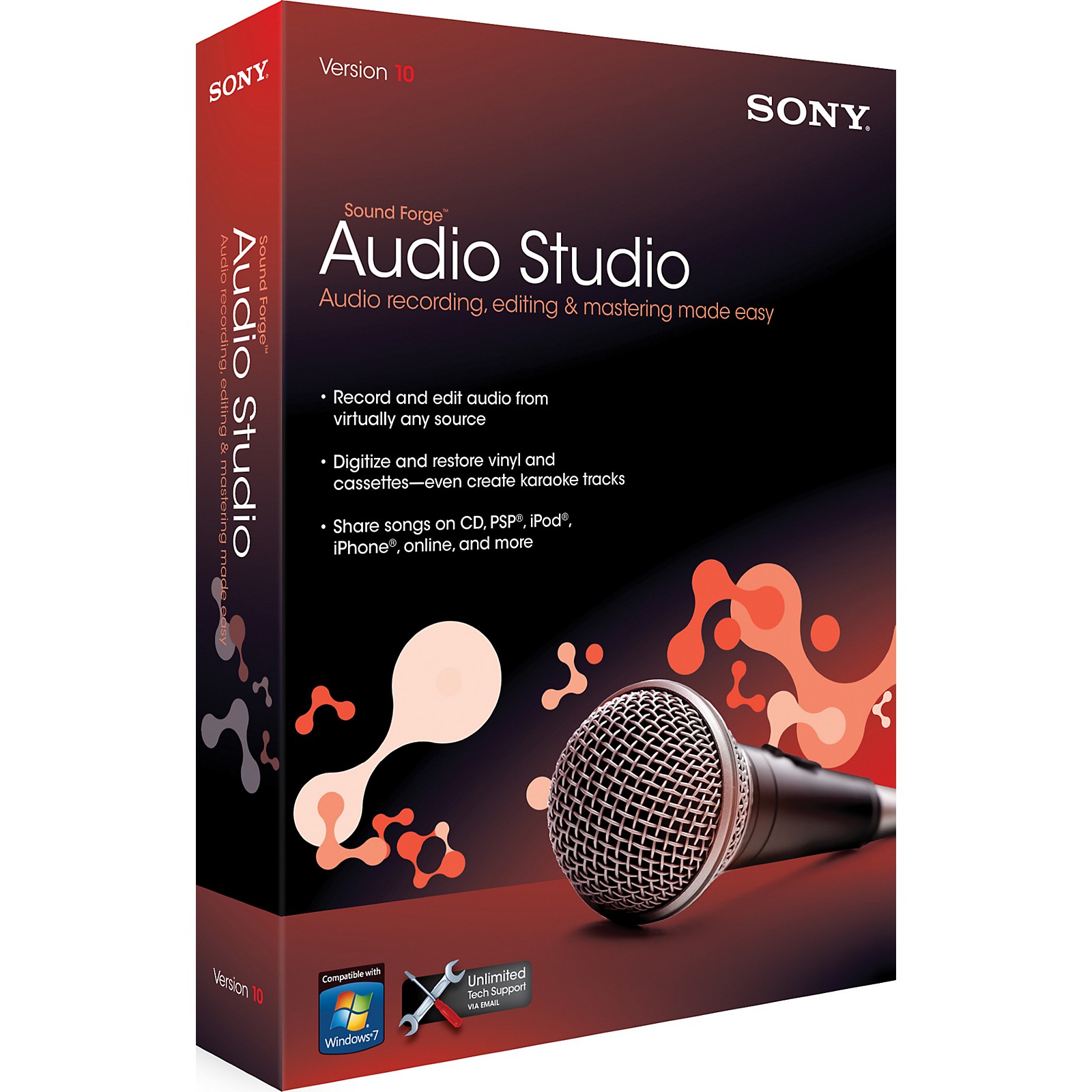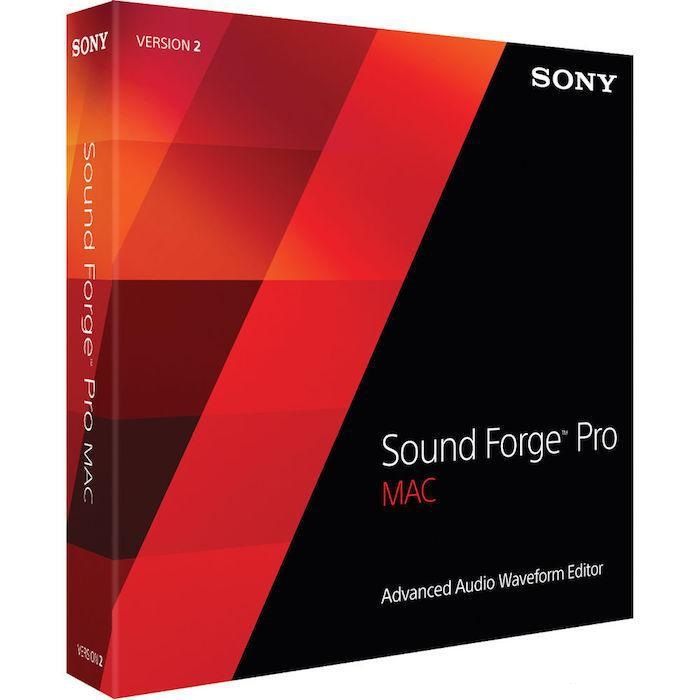

Selecting positive values will raise the volume level and negative values will decrease the volume level. Here our readers will want to select “ Volume” from the “ Process” menu as seen below.Īfter selecting “Volume”, our readers will be able to adjust the volume in either positive (as seen below) or negative values. After highlighting the desired section of the audio, our readers should see something similar to the following:

Click and drag with your mouse cursor or for those keyboard enthusiasts out there use Shift + Left/Right arrow keys to select the area that you wish to adjust. Once the file opens in Sound Forge, our readers will see something like this: If our readers find this to be inaccurate, please let us know by commenting on the page below and we’ll happily restructure today’s posting. All steps mentioned here should work just as well in any older versions within this range. The current version is 10, and we’ve been loyal users since version 6. Note: In today’s posting, we are using Sound Forge version 9. Open the software and click File –> Open, selecting the audio to be edited. Don’t see it listed? Open Sound Forge from the “ Programs” portion of the “ Start” menu on the left side of your computer’s task bar.

Right-click the file and choose “ Open With” and select Sound Forge from the list. Now that the file you wish to edit is on your computer’s hard drive, you will want to open the file with Sound Forge. Click the title of the Audio you wish to download Looking for alternatives to Sound Forge? Check this out first.īefore one can edit their AudioAcrobat recording in Sound Forge, the first step is to make sure that the file resides on the hard drive of the computer on which editing will be performed.ģ. In today’s posting we will take our readers through the process of downloading their AudioAcrobat recordings and making a simple volume adjustment using Sony Sound Forge version 9. Needless to say, Sound Forge has stood the test of time and is currently in version 10 and is showing no sign of getting pushed out of the #1 spot as the PC user’s premiere audio editing software. When Sony purchased Sonic Foundry (the creators of Sound Forge) in late 2003, we were very excited for the possibilities. Aah, the comforting Sony logo … nothing reminds us more of products, and more recently software, that we’ve enjoyed for decades plus than this familiar Japanese company.


 0 kommentar(er)
0 kommentar(er)
